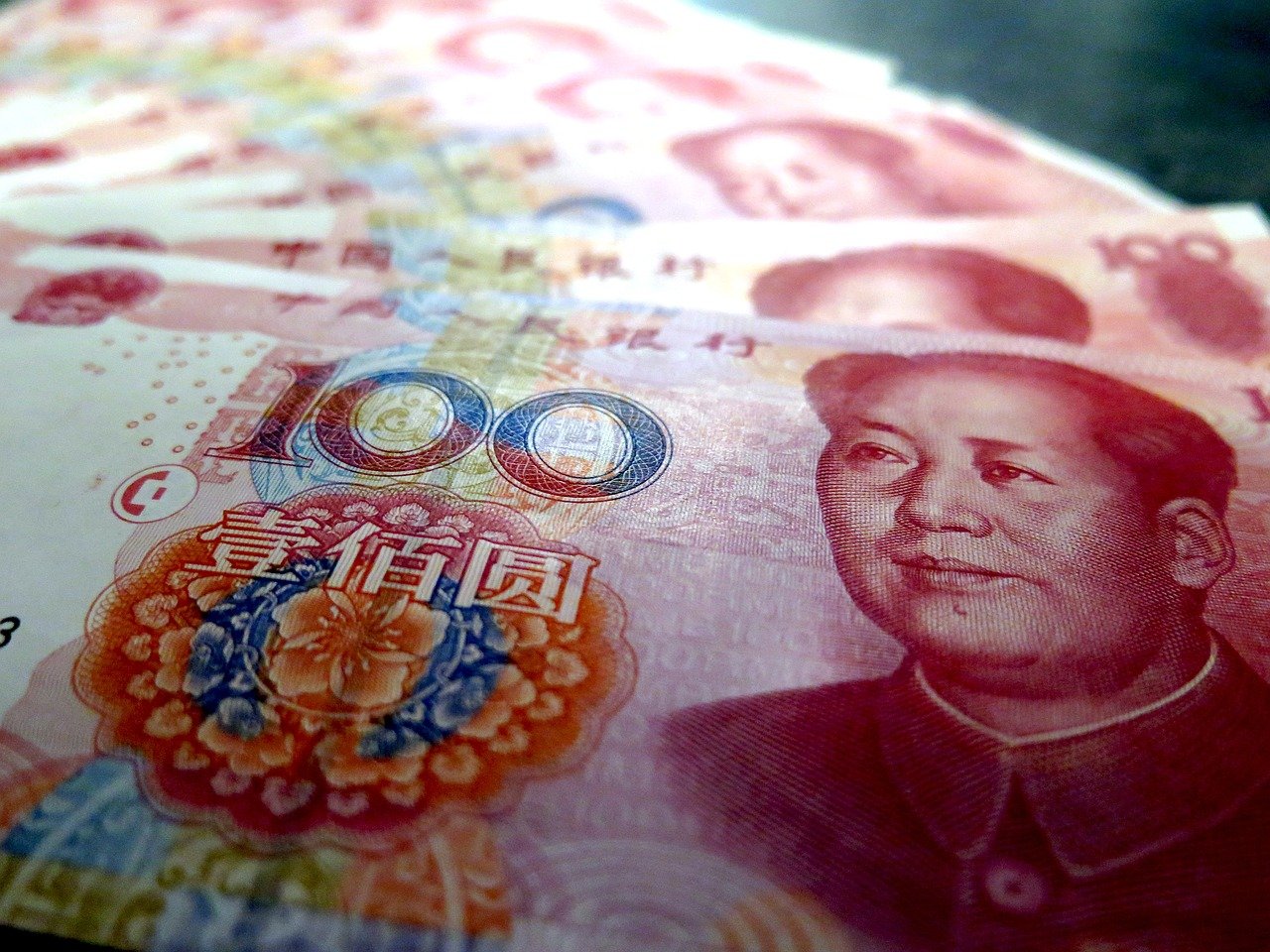

China’s tech stocks were hammered this month after a sweeping, multi-pronged crackdown by Chinese regulators.
Offshore listed stocks and ADRs, both widely held by foreigners, were hit hardest (Chart 1). This week, onshore stocks and the currency market seem to be under pressure. Also, unconfirmed media reports that the US government was considering restricting US residents’ investment in Chinese securities weighed on sentiment.
In the offshore CNH market, bets on a large devaluation of the renminbi are building. FX risk premia indicators such as the implied volatility, risk-reversal skew and CNH FX points rose sharply this week, and the premia paid for USD/CNH calls surged to the highest level this year. Sentiment is certainly fraying, though not yet extremely bearish.
This article is only available to Macro Hive subscribers. Sign-up to receive world-class macro analysis with a daily curated newsletter, podcast, original content from award-winning researchers, cross market strategy, equity insights, trade ideas, crypto flow frameworks, academic paper summaries, explanation and analysis of market-moving events, community investor chat room, and more.
Summary
- Offshore sentiment towards RMB is fraying as the stock market tanks.
- But fallout on FX should be limited due to flow buffers and central bank smoothing. Fade if sentiment overshoots.
- Risks of delta spread and financial decoupling are real, but not yet actionable.
China’s tech stocks were hammered this month after a sweeping, multi-pronged crackdown by Chinese regulators.
Offshore listed stocks and ADRs, both widely held by foreigners, were hit hardest (Chart 1). This week, onshore stocks and the currency market seem to be under pressure. Also, unconfirmed media reports that the US government was considering restricting US residents’ investment in Chinese securities weighed on sentiment.
In the offshore CNH market, bets on a large devaluation of the renminbi are building. FX risk premia indicators such as the implied volatility, risk-reversal skew and CNH FX points rose sharply this week, and the premia paid for USD/CNH calls surged to the highest level this year. Sentiment is certainly fraying, though not yet extremely bearish.
As usual, the RMB bears have a long list of credible-sounding reasons: a) foreign investors will liquidate Chinese stocks due to MTM pressure; b) RMB is trading close to cycle highs, so it is a ‘cheap’ macro hedge; c) the Fed will be hawkish, and the USD will rise broadly; d) any US government curbs on investing in Chinese assets would be a severe escalation; e) the Delta variant outbreak could get out of control in China. And so on.
I am a little concerned about d) and e) as potential tail risks. But I think the currency’s sensitivity to the stock market is being overplayed.
Specifically:
- Foreign selling of USD-denominated ADRs and HKD-denominated H shares does not result in buying USD/CNY. Only when RMB-denominated onshore shares are sold and repatriated by foreigners are USDs bought. This may seem elementary, but you would be surprised how often people miss it.
- According to the PBoC’s data, foreigners owned RMB 3.3tn (USD 500bn) of RMB-denominated stocks as of end-March (Chart 2). This includes all channels like QFII, connect, etc. Net Northbound connect flows can be tracked daily, and while they are a subset, they give a good overall impression of the delta.
- Net Northbound flows have a weak/moderate correlation with USD/CNY (Chart 3). Some periods of outflows did result in a weaker currency. For example, during the initial Covid-19 outbreak (Q1 2020), there were $20bn outflows, and FX weakened by 4.3%. During April-May 2019 (trade war re-escalation), there were $10bn outflows, and FX weakened 2.4%. This gives us a rough beta of $5bn outflows over a 10-day period for 1% weakness in FX.
- However, the beta does not always work. For example, there were $10bn outflows in Q3 last year, but RMB appreciated. At that time, the USD was under broad downward pressure.
- Moreover, China’s current account surplus is much larger and sticky now compared with 2019 or 2020. On a quarterly run rate, the surplus is over $100bn, not to mention about $10-20bn of bond inflow per month, at least half of which is from reserve managers, as a recent report from the IIF highlights.
- Before the meltdown in equities, the PBOC seemed to welcome some FX depreciation. However, if sentiment shift turns into a rout, financial stability concerns will take precedence, and the PBoC will probably prevent the exchange rate from falling.
In my view, USD/CNY around 6.50 is in no-man’s land. The market could grind up to 6.60 as some of the bears’ concerns might play out. But I would not count on an explosive move. I would prefer to fade the move if sentiment indicators become extremely skewed.
Mirza is a macro strategist, specialising in Asian FX and fixed income markets. Mirza is currently working as a desk analyst at Morgan Stanley, prior to which he worked in macro strategy roles at BNP Paribas and Deutsche Bank
